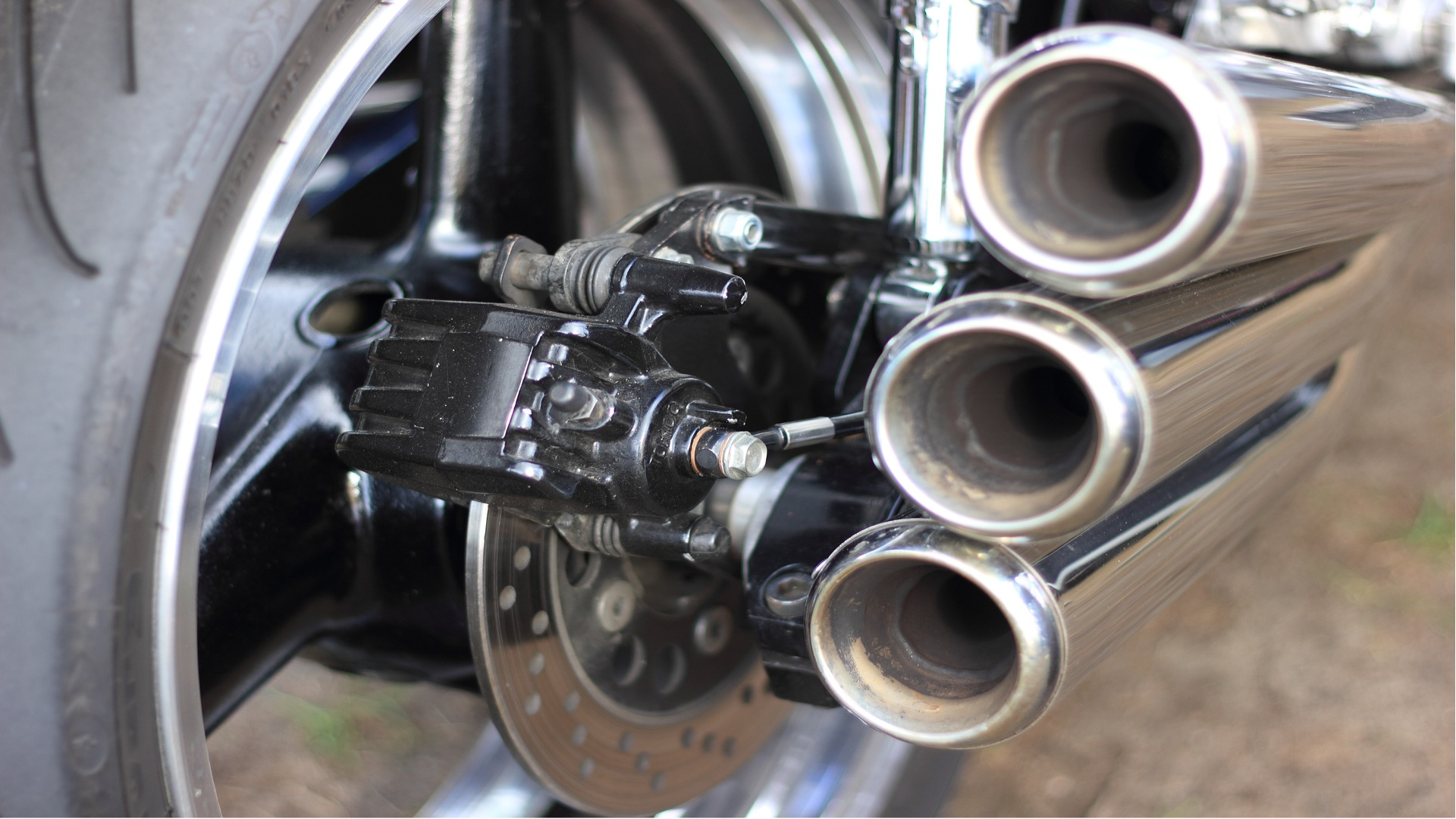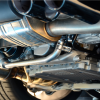The exhaust system is a very important element that plays an important role in motor vehicles. Therefore, the engine exhaust systems must be properly adjusted so that the car or other vehicle does not get prematurely broken. It is worth getting acquainted with the basic information on this topic. This will facilitate understanding, and can even help in the event of irregularities associated with the exhaust system.
Engine exhaust systems – exhaust gases
The exhaust gas is a mixture of gases and solid particles. Solids include those that are not in gas form. Water is also part of the exhaust, because it is its product and most often occurs in the form of steam. Exhaust gases get out of the exhaust systems, which are converted into energy in the process of air-fuel combustion of the resident.
Energies can be divided into three parts. The first one is in the form of vehicle propulsion. The second one is used in the cooling system and the third one escapes with the exhaust gases. In the last two cases, it is mostly lost.
Therefore, energy is noticeable under several forms:
• exhaust temperature;
• hypertension, which is a measure of potential energy;
• the speed of the tide, which in turn is associated with kinetic energy
• vibrations of the exhaust column.

Engine exhaust systems – tasks and features
The main task of the exhaust system is to discharge exhaust gases from the vehicle into the atmosphere. Second task is reduce the noise that occurs during this process. In addition, it should purify the exhaust to such an extent that the harmful components do not exceed the permissible standard specified in the regulations.
In terms of features, the outlet system should be characterized by:
• the most efficient engine operation, which is read in the full range of loads,
• flow resistance should be minimal, so that the maximum engine power will not be a problem,
• minimal heat radiation affecting the correct exhaust temperature,
• lifetime in accordance with its guidelines,
• materials that are used for production can be re-processed without any problems
• low costs.
When the exhaust system is optimally operated, you can increase the engine power and even reduce fuel consumption. The quality of the outlet system is evidenced by a slightly larger residual amount of exhaust gas in the combustion chambers. It is produced during small and medium engine loads (internal recirculation). In the case of heavy engine loads, as much as possible exhaust gases should be removed. Then you can enter the largest amount of mixture into them. That is why regular check on exhaust parts is so important.
The catalytic converter’s task
The catalytic converter is designed to reduce the amount of harmful substances contained in the exhaust. In addition, it suppresses the vibrations of the exhaust, which affects the lower volume of the engine. To ensure sealed connections of the exhaust elements, appropriate exhaust gaskets, exhaust rings, sealing cement paste for the elements of the exhaust system are used.
Water is also one of the exhaust components. Water vapour arises when the flue gas has a high temperature. Unfortunately, the farther away from the engine the temperature is lower, which can cause water to condense. It occurs when the temperature of the outlet element is lower or the same as the temperature that causes the steam to condense. In the exhaust it is 50 degrees Celsius. This can occur in all components that are cooler and the final silencers are most susceptible. The condensed liquid is not water because it contains other substances – it is called condensate. Most of it is produced during urban rides on small sections. The exhaust gases are unable to heat up the exhaust system properly.
Counteracting in the formation of condensate and exhaust back pressure
The basic action is to ensure uniform heating of all elements of the exhaust system. Unfortunately, while the engine is cold, the exhaust temperature is too low to prevent condensation.
It will be helpful to use a special construction of the silencer. It will suck up the condensate from its interior. Helpful means are also those that will limit heat emissions from the exhaust system to the outside. The reduction of thermal energy losses is also possible using properly welded elements.
Differential pressures cause the exhaust to flow because the pressure in the combustion chamber is different from atmospheric pressure. It is necessary to obtain an identical flue gas flow rate and to overcome the flow resistance that occurs during combustion. The differential pressure measured between the inlet and outlet of the silencer or the entire exhaust system for the engine operating at full speed is the resistance of the exhaust flow and is called as back pressure. The exhaust back pressure for a typical exhaust system with a catalytic converter. It should be 30 to 40 kPa, and a typical silencer has a back pressure of 10 kPa.
